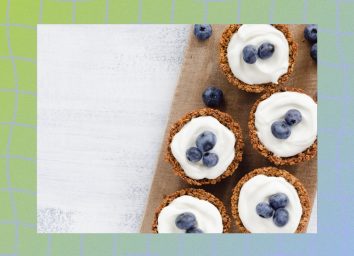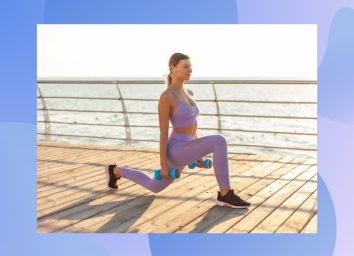How to Make Protein Shakes for Weight Loss & Muscle Growth
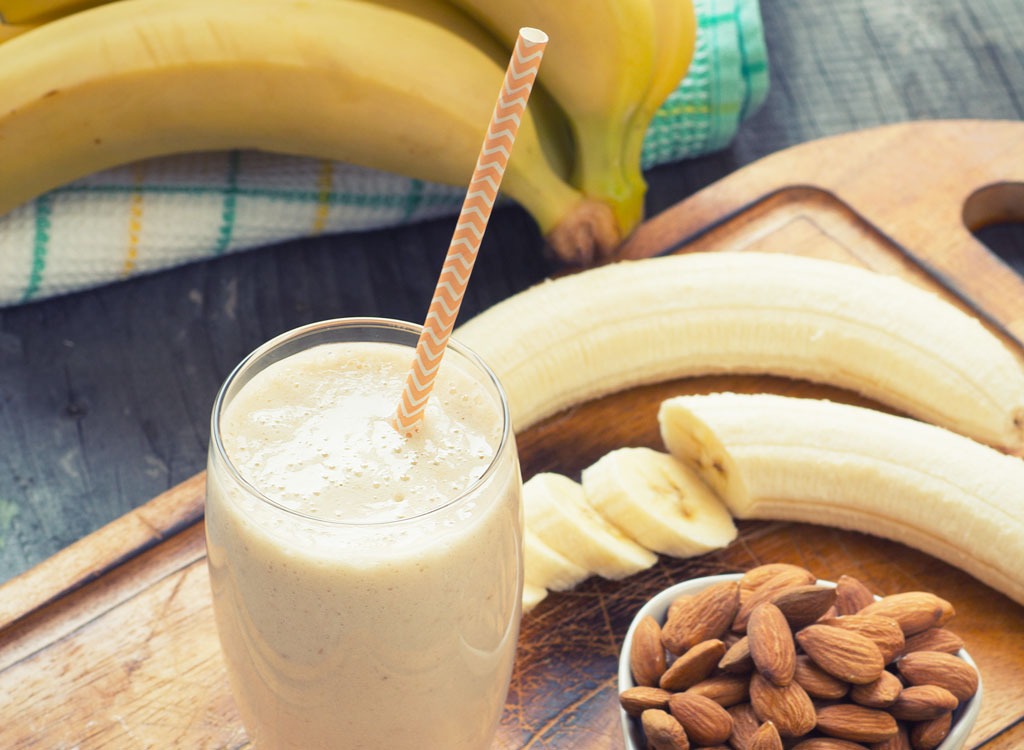
Need a healthy meal in a hurry? Forget Burger King and Chipotle. Protein shakes may be the fastest food of all.
There's little to no prep work, no cooking and minimal cleanup. Just throw the ingredients into a blender, let 'er rip and enjoy. Easy, right? But when weight loss or muscle growth is the goal, picking the right ingredients for your post-pump concoction requires some thought. If you pick the right foods, you're bound to see results. But with so many variables— liquids, proteins, carbs, fats and add-ins—protein shakes can go really wrong really fast, undoing all of your hard work in the gym. Follow our guide below to create tasty protein shakes— that will give you the body you want— every time you whip out the blender.
PICK YOUR PROTEIN
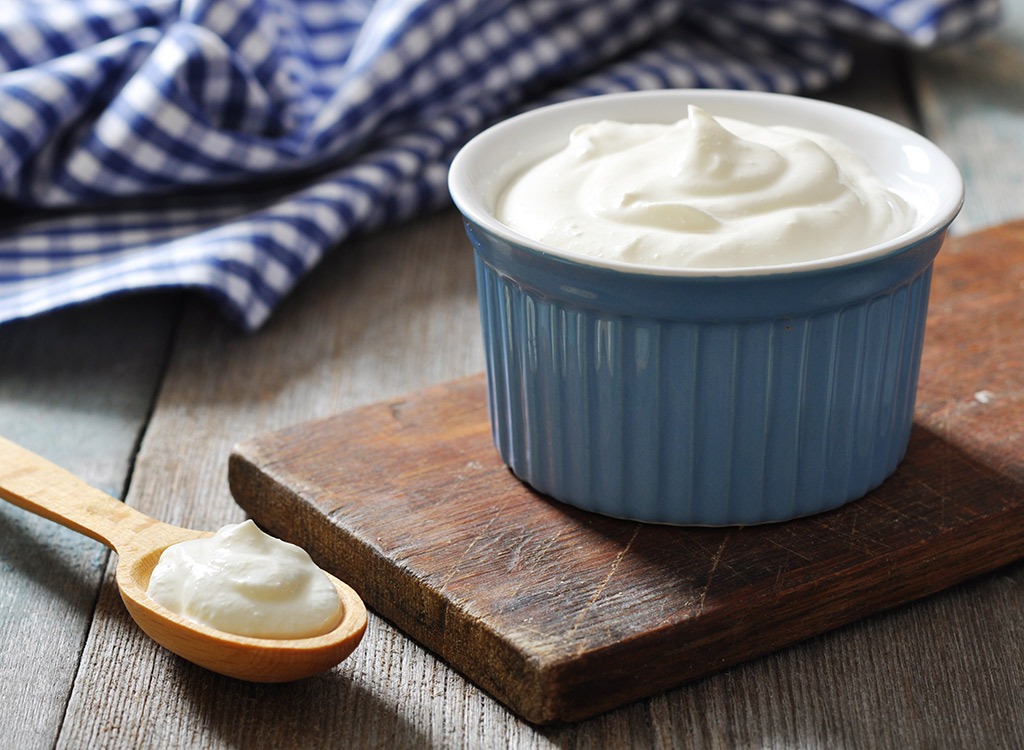
A lot of people think that protein powder is a mandatory shake ingredient, but Greek yogurt and cottage cheese pack a ton of protein, too. And if a smoothie-like texture is what you crave, those dairy sources should be your go-tos.
How Much: Whichever protein source you choose, aim for a serving that supplies around 20 grams of protein. Compared to consuming both larger and smaller amounts of the nutrient, research shows that 20 grams most effectively stimulates muscle repair post-pump. Adding more protein won't hurt the cause — but it won't help, either.
Our Go-Tos: If you're sticking with protein powder, we suggest plant-based varieties that combine hemp, rice and pea proteins. Blending all three ensures you're getting a complete source of protein, which includes muscle-building and health-promoting amino acids that the body cannot make on its own. When it comes to yogurt, we're partial to Fage 2% because of its high-protein, low-sugar profile. It also provides a bit of milk fat, which helps the body absorb the fat-soluble vitamins in the yogurt.
CHOOSE YOUR LIQUID
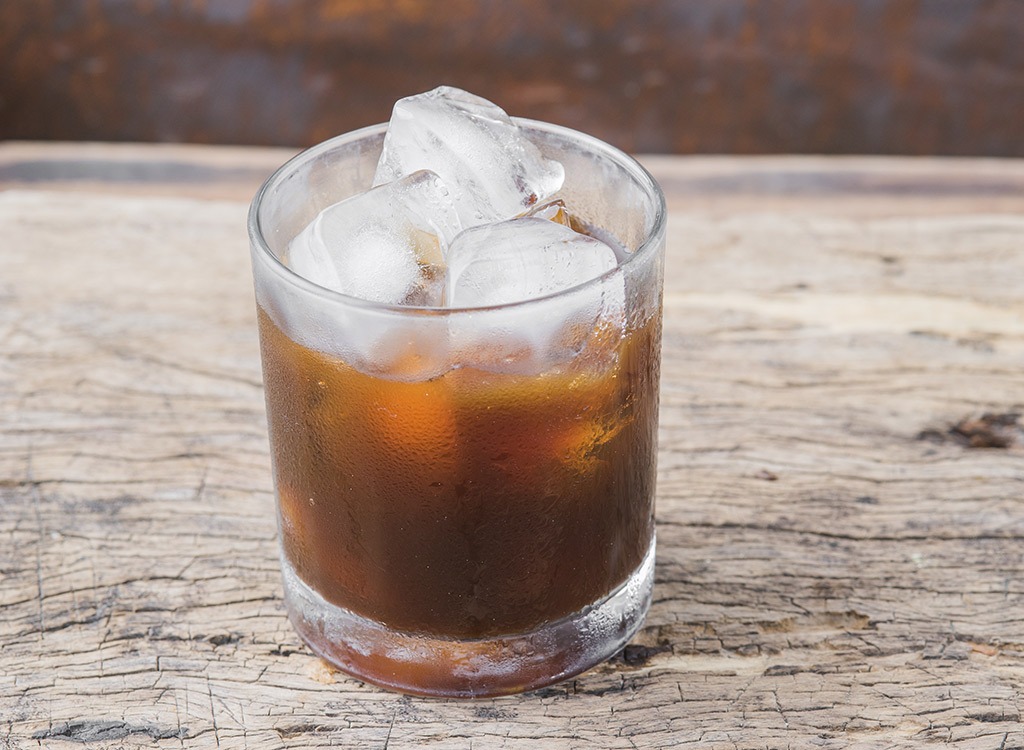
Taste and nutrition-wise, the liquid you choose will make up the bulk of your beverage.
How Much: 8 ounces
Our Go-Tos: Water, coffee, grass-fed 1% milk or unsweetened milk alternatives are all fair game. Which one you choose depends on your goal and lifestyle: If you're trying to lose weight, stick with H20; if you workout in the a.m., a cup of iced coffee an energizing, low-cal option; and if you're aiming to up your protein intake, cow's milk is the best bet. Vegans who don't like the idea of water-based drink should use an unsweetened milk alternative.
AMP UP THE CARB COUNT
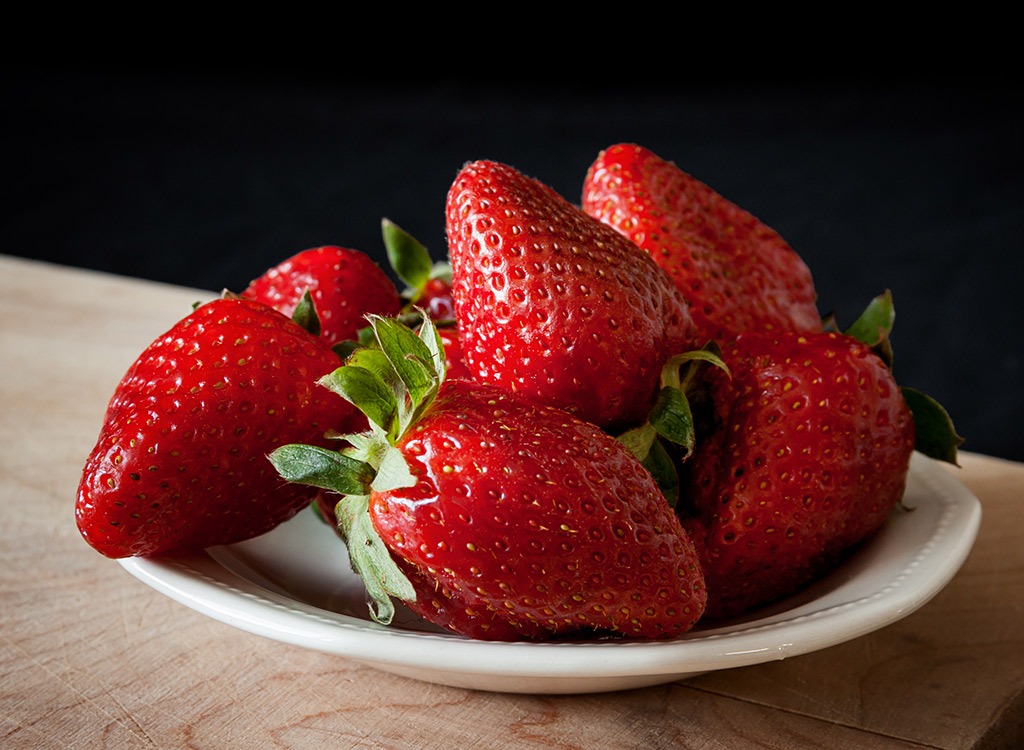
Sure, getting protein after a workout is important, but you also need to consume carbs to replenish your depleted energy stores.
How Much: After a workout, your body needs a snack—or in this case, a shake—with a 1:1 or 2:1 ratio of carbs to protein. If your workout went longer than 90 minutes, opt for the latter. If weight loss if your goal, go for the former. Since you're aiming for 20 grams of protein, 20 to 40 grams of carbs will provide the proper proportion of nutrients.
But before loading your drink with tons of fruit to hit that number, you'll want to check your liquid and protein sources for carb counts. A Fage 2% yogurt, for example, supplies the recommended 20 grams of protein but also carries eight grams of carbs. If you use yogurt and water as your shake base, you'll want to add 12-32 grams of carbs to your drink.
Our Go-Tos: A medium banana provides about 30 grams of carbs and a cup of sliced strawberries—a fruit that prevents fat from forming—provides 13 grams. If you're craving a colder, slushy-like drink, use frozen fruit and ax some of the ice, which can water down the flavor.
ADD SOME FAT
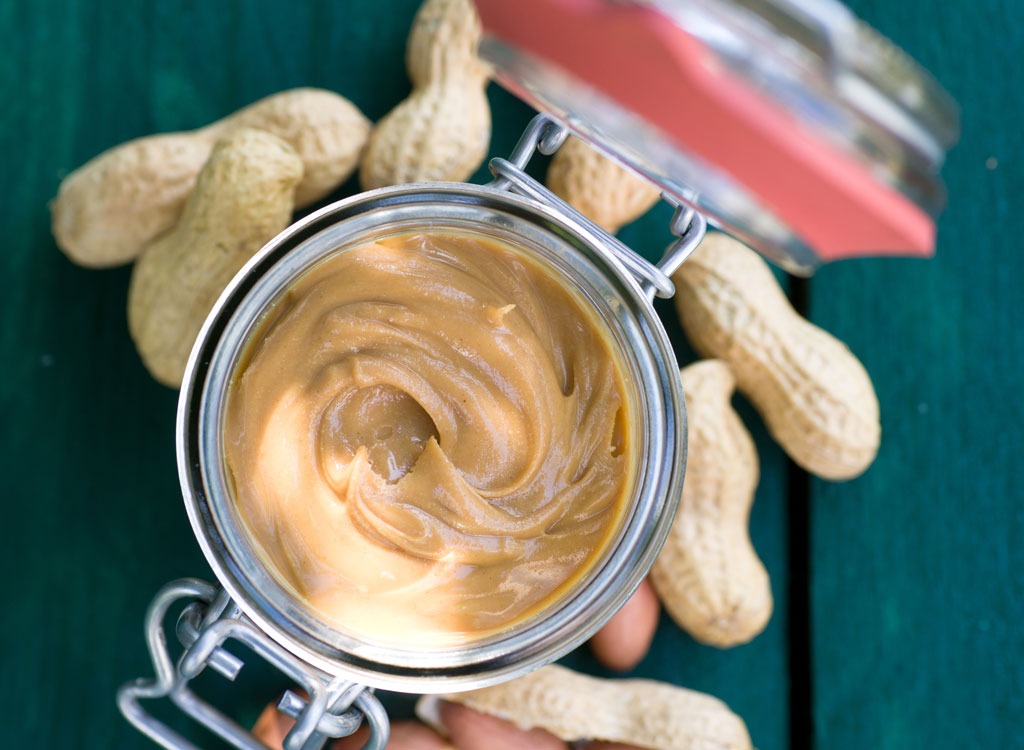
You've heard it time and time again: healthy fats will not make you fat. In fact, consuming foods like nuts, seeds, nut butters and avocados after you workout can help speed recovery time, enhance muscle growth and reduce the risk of injury by protecting joints from wear, inflammation and soreness, says Cassie Bjork, RD, LD of Healthy Simple Life.
How Much: A 1:1:1 or 2:1:1 ratio of carbs to protein to fat is ideal, so you'll want to get 20 grams of healthy fat into your shake. But again, it doesn't all need to come from an additional source. Chances are good your protein, liquid and carb sources will carry some fats. So be sure to subtract those out of the equation.
Our Go-Tos: A two-tablespoon serving of peanut butter provides 16 grams of fat, 2 tablespoons of ground flaxseed carries 6 grams, 25 almonds has 15 grams of fat and 2 tablespoons of hemp seeds provides 10 grams of fat.
BOOST THE FLAVOR
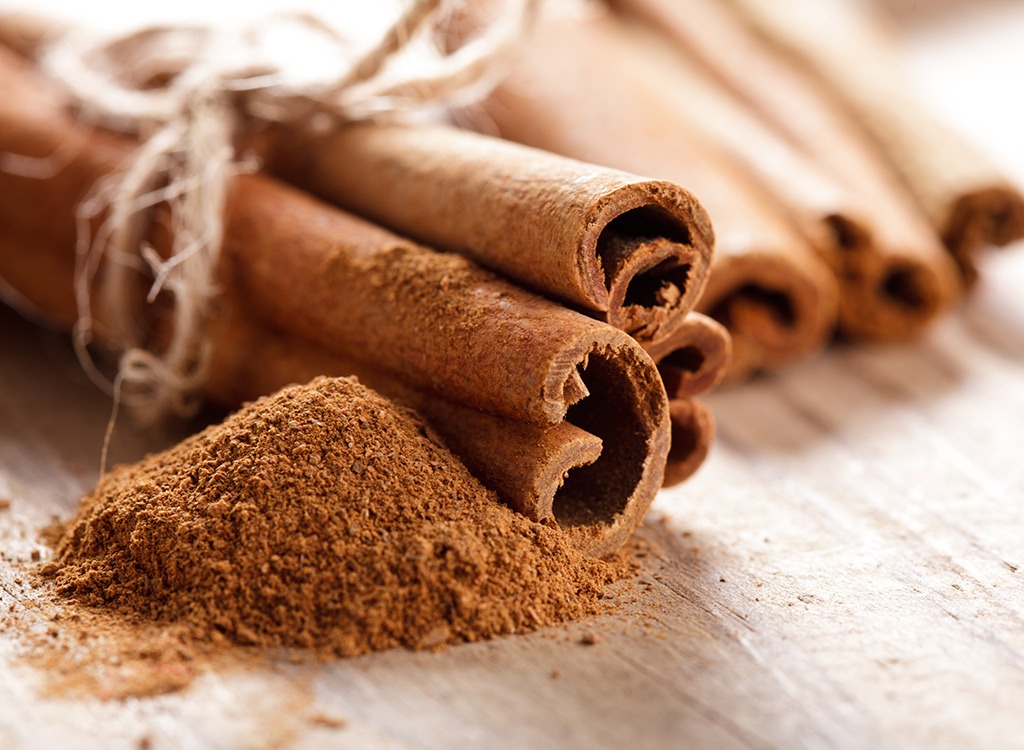
Elevate the taste of your shake to the next level with tasty, low-cal additions like cocoa powder, vanilla extract and cinnamon, a sweet spice that stabilizes blood sugar and wards off insulin spikes.
DRINK THIS!
If you need ideas to get you started, try these protein shake recipes. Once you're comfortable with the ratios, use these combinations as inspiration for creating your own custom muscle-growing sips.
